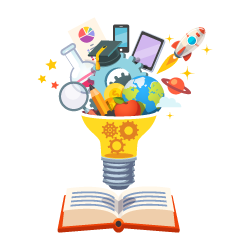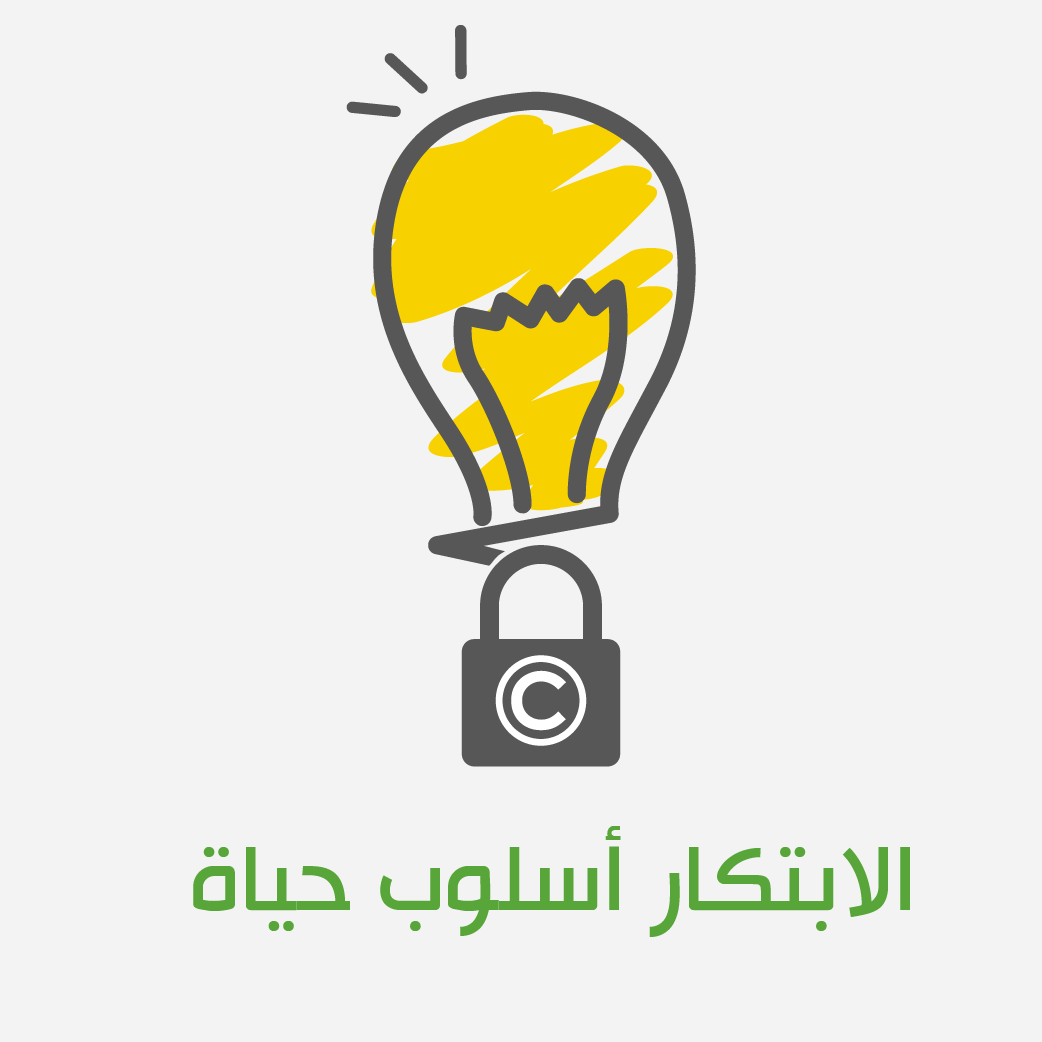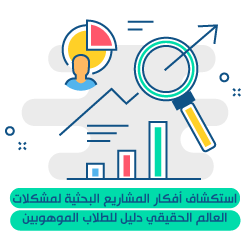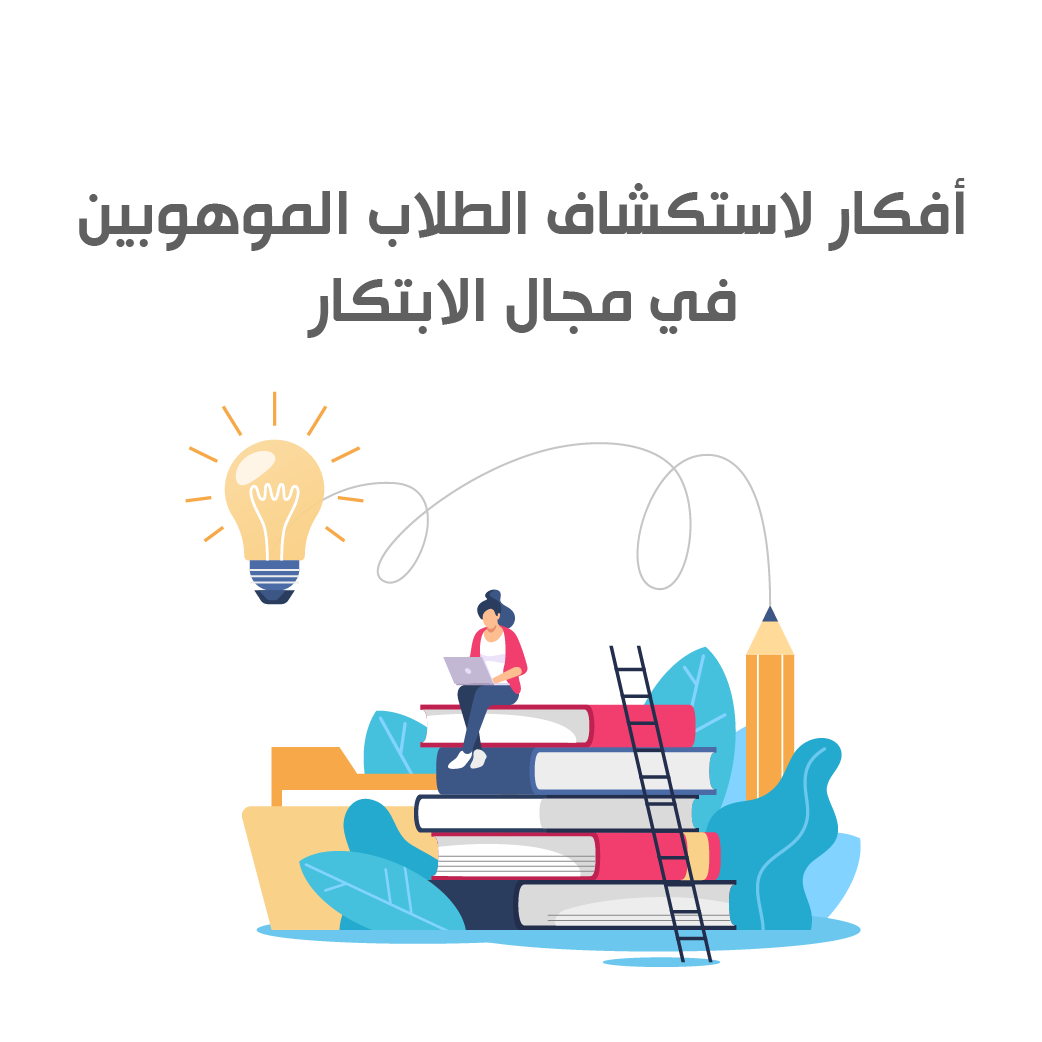Innovative Education Design: Take Off, Transform, Innovate

Ghada Suleiman Al-Huwaiti
Innovation
12
The Custodian of the Two Holy Mosques, King Salman bin Abdulaziz, said in a statement: “Caring for science, innovation, technical development, and human competencies is an important pillar of sustainable development.” This statement shows the confirmation and depth of the belief of the Custodian of the Two Holy Mosques, King Salman bin Abdulaziz, in what future generations will enjoy, by caring for them within the best educational system in the world, and investing in it by caring for talented students and unleashing their talents and abilities to serve the nation, by providing them with the skills of the twenty-second century, arming them with advanced future sciences, consolidating their national identity, adopting the best means of artificial intelligence and technology to build human civilization, and facing the challenges of the era in providing innovative strategies for designing gifted education. Designing innovative education that is capable of optimally employing the talents and human and material capabilities of the gifted to achieve his vision with distinction can, with full confidence, work to bring about continuous improvement in the leadership, technical, supervisory, and human processes of the individual.
Innovative education is a learner-centered, socially constructive process that supports learners to be active in a supportive, creative, and innovative environment that seeks to help them engage in authentic and directable problem-solving activities (Brandon, 2004). These competencies include readiness to learn and communicate with learners from different backgrounds using open learning resources.
The research of some academics such as Paul Torrance is an important reference in understanding the nature of creativity, its mechanisms and its development in individuals of all ages. Torrance designed a special test to measure the level of creative thinking, Torrance Tests of Creative Thinking (TTCT), which is widely used in the United States. This test has been translated into more than 30 languages. Torrance urged in his writings the importance of integrating training in creative thinking techniques into educational programs based on scientific foundations that focus on supporting the individual strengths of each learner, rather than trying to correct his weaknesses. Torrance believes that each individual has a unique personality whose abilities must be respected, whose potential must be trusted and given the opportunity to succeed even if they fail during attempts. This is what most researchers focus on in enabling change to build creative confidence in learners.
On the other hand, Professor David Hughes, founder of Decision Labs, believes that innovation has become a basic skill that indirectly affects the global economy, and that it is unfortunate that traditional educational systems lack a scientific vision that can be applied inside classrooms, making creativity and innovation an important criterion in the educational process. Looking at this research and data, we find that it leads us to conclude that we need to implement new strategies that focus on teaching gifted and non-gifted learners the basics of innovation, with the gradual inclusion of curricula that are adapted through innovative teaching strategies, making the classroom a place to inspire ideas and stimulate creative thinking. Here begins the mission of the innovative teacher who is able to promote a culture of innovation in educational design by transforming the regular class into an innovative and learning class, and this is done by innovating ideas and strategies for teaching the gifted (innovative educational design).
Thus, we find that the most important roles of the innovative teacher are choosing the appropriate and effective tools to deliver his message, based on the nature of the educational situation and the classroom environment, and exploring the innovative characteristics of the gifted and caring for them, in addition to his role in instilling values, morals and constants, considering that creativity and innovation are a societal commitment in the first place.
There is no doubt that the main key to designing innovative education is to find a model for an innovative teacher who is able to raise the quantitative and qualitative efficiency in teaching the gifted and qualify them for global competitiveness.
Did you benefit from the information provided on this page?
visitors liked this page



